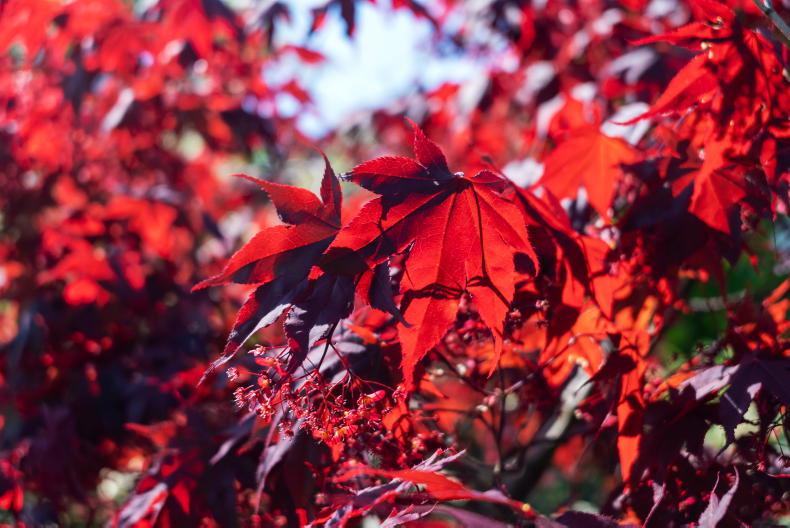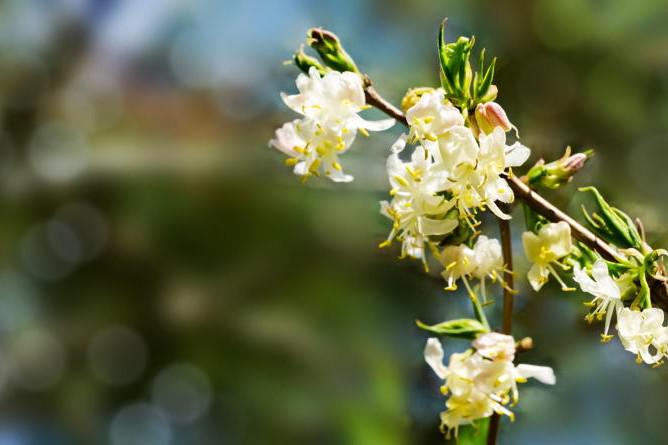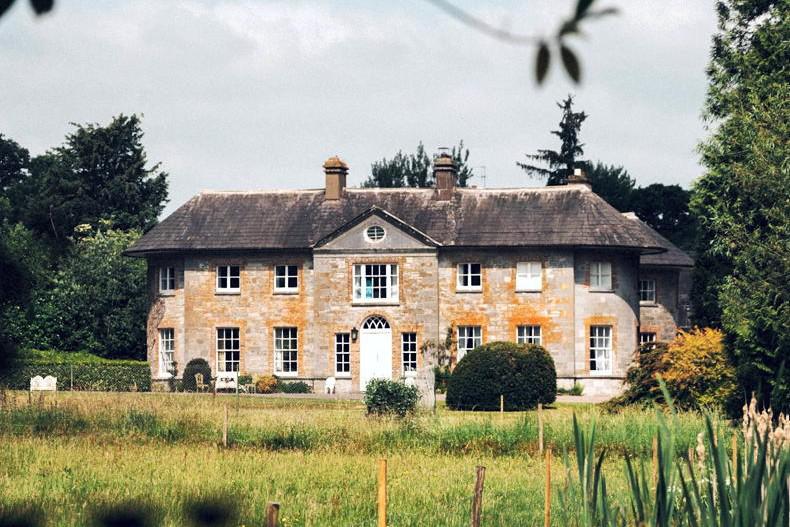There is a time for everything, and for us as children, the first few weeks of October was the time for conkers. We knew exactly where to go; the giant chestnut tree that filled the sky in the corner of a deserted walled garden in a forgotten demesne, near the Mahon estuary in Cork.
We were all back at school and on one of the half days, a posse of 10-year-olds would assemble, still in our short pants, hurleys in hand, dogs at our sides and we’d set off on the expedition to find the ‘chessies’. We knew all about the horse chestnut tree because in St Anthony’s National School in Ballinlough we all loved nature study class.
In addition to collecting frog spawn and watching the tadpoles turn into frogs, we were encouraged to pick all the different leaves and seeds off the trees and glue or cellotape them into a special hard-covered copybook.
There was no problem with the sycamore and its twirling helicopters but the oak with its acorn and the hazel with its hazelnuts made the book difficult to close. The most troublesome of all was the horse chestnut, with its sprawling five or seven fingered leaves that spread outside the edges of the copybook.
Even more of a headache for the enthusiastic childhood botanists was its seed, the chestnut, whose oversized presence between the page, bulked up the nature study copy to unmanageable proportions.
Carefree schooldays
In any case, the wondrous horse chestnut tree was our focus on those carefree school days and as small kids looking up at its majesty, we eyed the prizes.
The precious, shiny brown chessies were encased in the prickly golden orbs that were well out of reach. The bare earthen floor beneath the canopy of the tree was strewn with open casings and small chestnuts but we were after the bigger quarry.
Swinging hurleys were brandished with wild abandon while leaping into the air along with carefully aimed piggy-backed attacks to try and dislodge the large, dangling, spikey, yellow and green shells.
In complete ignorance of any danger, hurleys, odd baulks of wood, even small rocks were thrown endlessly at the tree to bring down the chessies. When they did fall, the hard spikey casing had to be opened and this was done by gently stepping on them, but not so hard as to break the brown chestnut within.
Some very promising large casings produced only tiny chestnuts, and these were flung aside in disappointment but to the delight of our loyal Jack Russells who found the whole commotion endless fun.
Conquering conkers
As big as the tree was, a day of chessie-hunting might only yield half a dozen specimens that might be elevated to the status of a ‘conquering’ conker, and these choice gems were safeguarded deep in our pockets for the journey home.
There was something irresistible about the round, mahogany-coloured shiny chestnuts with their varnished coats broken only by a small round of matt white.
The aesthetics of the chessie is doubled on as it transformed into a battling conker. Out in the shed, a two-inch oval nail was used to drive a hole through its centre, trying not to weaken it by splitting its skin.
In an effort to offer advantage to their children, overly-invested, enthusiastic fathers might take the small hand drill with its small, ratcheted wheel and carefully drill the conkers to minimise any fracture points.
A length of string about two feet long was drawn through the hole and a hefty double knot tied at its base to secure the chessie. It was important to have good, thick, cotton string as opposed to wispy old twine which could easily break, but the strongest and the best cord was a woven shoelace.
The shoelace had a certain ‘give’ when playing conkers that absorbed some of the impact of a hard blow and there was many a champion conker player singled out by having only one of their shoes laced up.
To play conkers, two players challenged each other and stood a few feet apart. One wrapped the cord around their hand and held theirs aloft, at arm’s length, so the other could take aim, to hit it and try to break it.
If they failed, they then held theirs aloft and each took every second turn until one or other smashed or dislodged the other’s chessie from the cord. In this case, the victor’s chessie was now worth ‘two’ and they would continue to add to the number with each subsequent victory.
A conker might have a nominal value of say six and this became the object of fascination for challengers, who, if they succeed in breaking it, inherited its inflated value, making their new conker worth seven. There were many localised rules.
If, for example, as often happened, the cords became entangled, you got three free shots. In Cork, when this happened the person holding their conker would have to shout, ‘tanglers six and I bags one’ and then you got no less than seven free shots. If the person holding their conker moved or let their hand fall, this was a foul and the other got three free strokes.
The game of conkers was not without its dangers, with sore knuckles and bruised fingers often resulting from a misdirected blow, either by accident or on purpose. The conker season saw black-and-blue knees and chins and even black eyes from a ricocheting belt from a sturdy conker.
The best conkers were those that had been forgotten about and left in the corner of the shed from the previous year, where they had dried out and were as hard as iron. The fresher the chessie, the more moist and softer it was. It was more inclined to crack and break easily and to increase their efficacy it was usual to store them at the back of the range, in the hot press, or near the fire to dry and harden.
There were other techniques such as painting a hard coat of varnish on the chestnut. Some prize specimens had spent a year seasoning, strung up in the warmth and drying smoke of a chimney, but these lacklustre, stone-hard conkers were easily spotted and best avoided.
The autumnal conker season lasted while the chessies were available and as the cold and dark of the winter approached, they were set aside and young minds looked to Halloween for the next bout of fun.
Shane Lehane is a folklorist who works in UCC and Cork College of FET, Tramore Road Campus. slehane@ucc.ie









SHARING OPTIONS